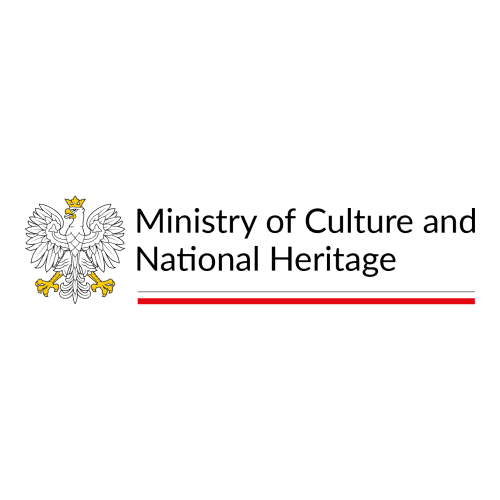Tosca
Giacomo Puccini
Opera in three acts
Libretto: Luigi Illica, Giuseppe Giacosa based on the play by Victorien Sardou
World premiere: 14 January 1900, Rome
Premiere of this production: 23 February 2019, Polish National Opera, Teatr Wielki, Warsaw
In the original Italian with Polish surtitles
Please note that certain seats in the Gallery may have restricted view of the surtitles.
The piece is equipped with numerous plot twists (as sudden and unexpected turns of events are called in the libretto, these days more commonly referred to as the script) worthy of a classic thriller. Quite rightly so: it is an opera after all, and the protagonists are torn apart by extreme, almost uncontrollable emotions that the audiences drink in. I would like to draw attention to something from a more rational rather than emotional order, namely the act one finale – how perfectly it fits our modern times. Inside the church there are gathered representatives of secular and ecclesiastical authorities, as well as the people of Rome, embodied in a full chorus and children’s chorus. The masses chant out Te Deum, as words of early Christian adoration of God are counterpointed by the sinister lines of the Chief of Police, the wide shot trumping individuality. And suddenly the set transforms: church interior becomes a city square. We have all been thrown out of our good old comfort zones, and what is more – we turn away from authority, like the chorus towards the end of the act. What makes matters even worse, nothing remains of that gesture by the beginning of the second act. Barbara Wysocka relocates Tosca to 1970s Rome. A sign of the times of unrest and pandemics?
-
Time is measured by
-

Cast
Credits
Chorus and Orchestra of the Polish National Opera
Władysław Skoraczewski Artos Boys’ Choir
Synopsis
Sponsors
-
Więcej wydarzeń ze świata muzyki klasycznej w aplikacji ONSTAGE
-
Partnerzy Akademii Operowej
-
Partnerzy Teatru Wielkiego - Opery Narodowej
-
Partner technologiczny
-
Patroni medialni
-
Partner wydarzenia
-
Check out more classical music events through the Onstage app.
-
Partners of the Opera Academy
-
Partners of Teatr Wielki – Polish National Opera
-
Technological partner
-
Media patrons
-
Partner of the event
-
Partner of the reception





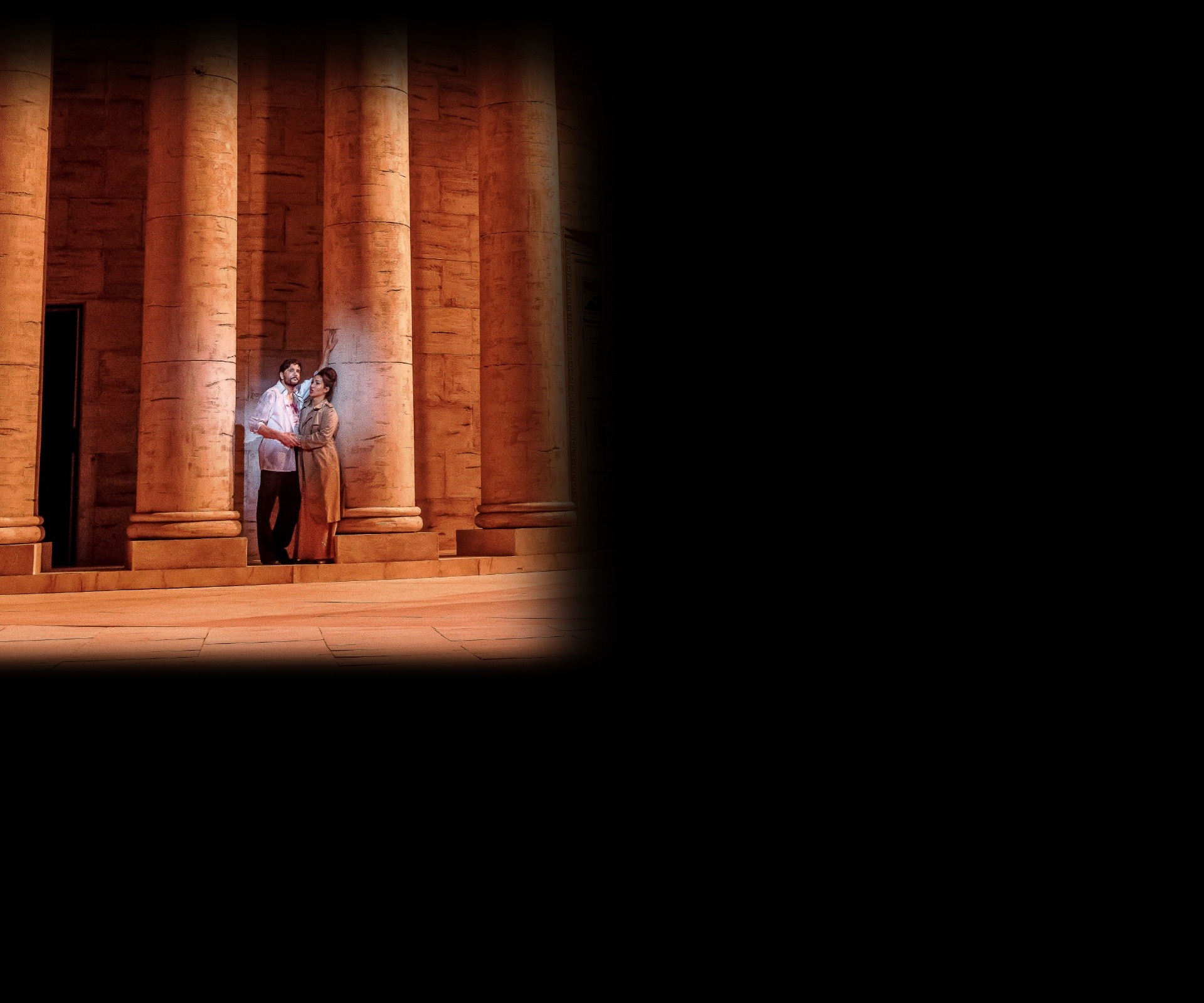
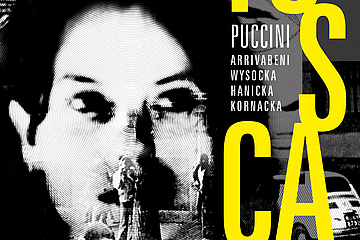
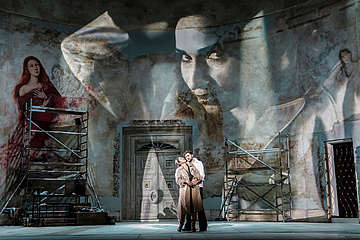
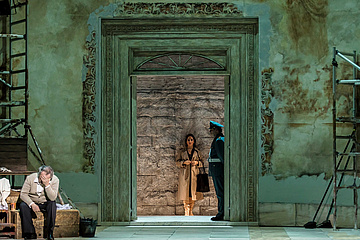
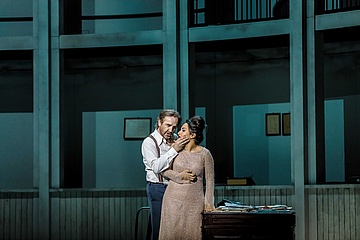
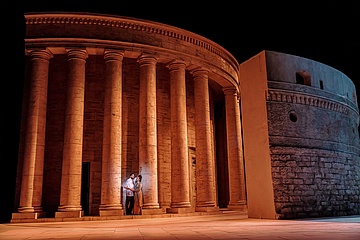
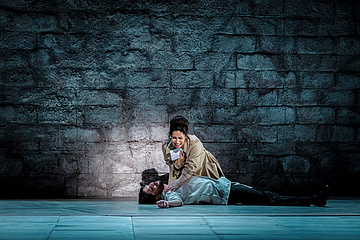
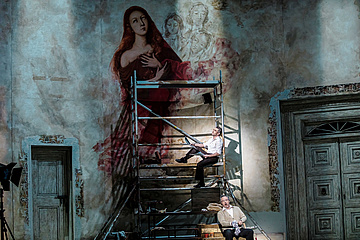
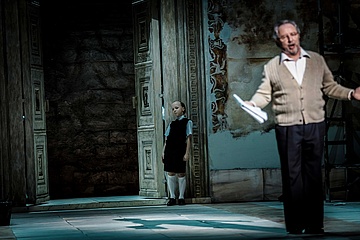
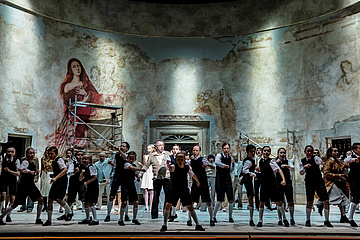
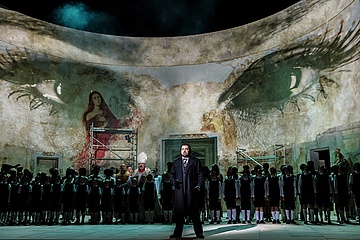
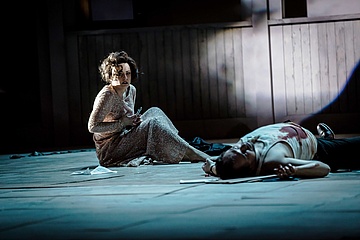
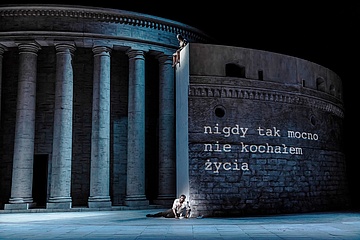
 Ewa Vesin
Ewa Vesin  Luciano Ganci
Luciano Ganci  Krzysztof Szumański
Krzysztof Szumański  Jasin Rammal-Rykała
Jasin Rammal-Rykała  Dariusz Machej
Dariusz Machej  Adam Kruszewski
Adam Kruszewski 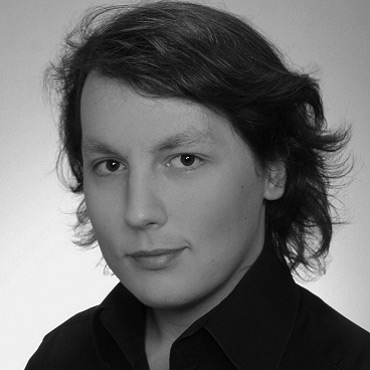 Piotr Maciejowski
Piotr Maciejowski ![[Translate to English:]](/fileadmin/_processed_/c/d/csm_izabela_matula_2024_-_kwadrat_ac62cb7231.jpg) Izabela Matuła
Izabela Matuła  Hovhannes Ayvazyan
Hovhannes Ayvazyan  Mikołaj Zalasiński
Mikołaj Zalasiński ![[Translate to English:]](/fileadmin/media/img/ludzie/dyrygenci/patrick_fournilier_fot_arch_artysty_-_kwadrat.jpg) Patrick Fournillier
Patrick Fournillier  Barbara Wysocka
Barbara Wysocka ![[Translate to English:] Barbara Hanicka [Translate to English:] Barbara Hanicka](/fileadmin/_processed_/0/b/csm_Hanicka-700_6f4f44da3d.jpg) Barbara Hanicka
Barbara Hanicka  Julia Kornacka
Julia Kornacka ![[Translate to English:]](/fileadmin/_processed_/1/9/csm_Jacek_Przybylowicz_370cb_ad43bcef0c.jpg) Jacek Przybyłowicz
Jacek Przybyłowicz  Marc Heinz
Marc Heinz  Lea Mattausch
Lea Mattausch  Mateusz Stępniak
Mateusz Stępniak  Mirosław Janowski
Mirosław Janowski 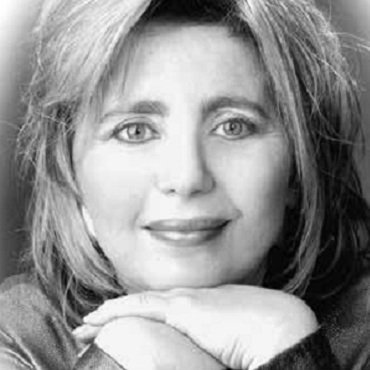 Danuta Chmurska
Danuta Chmurska 





